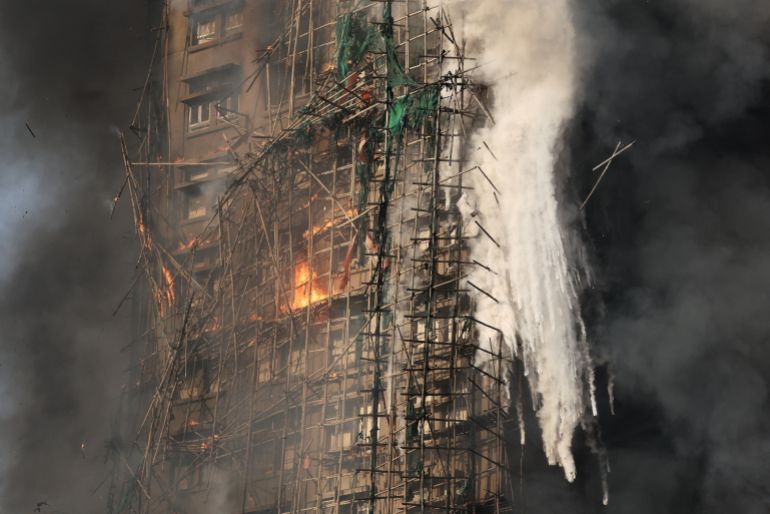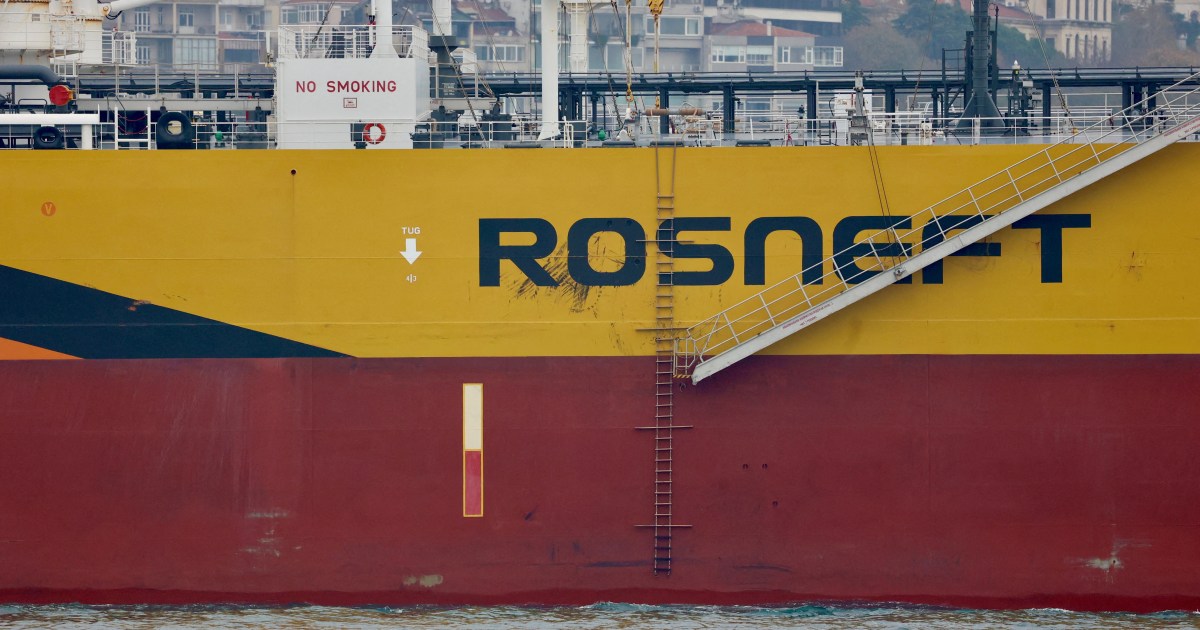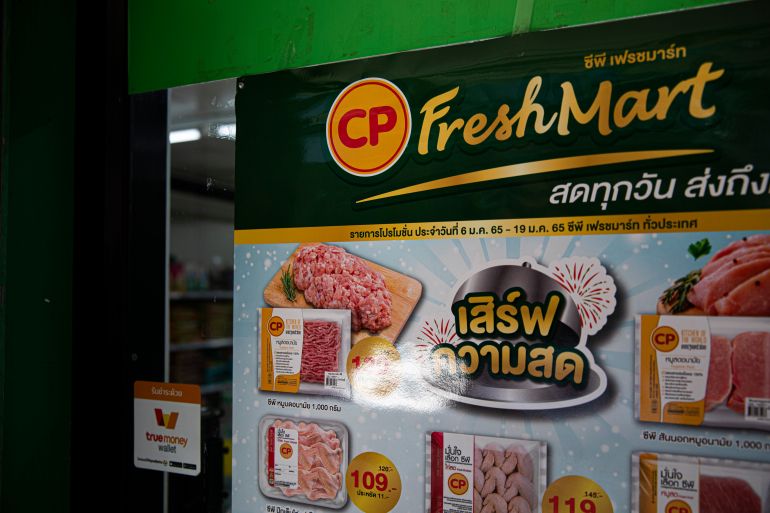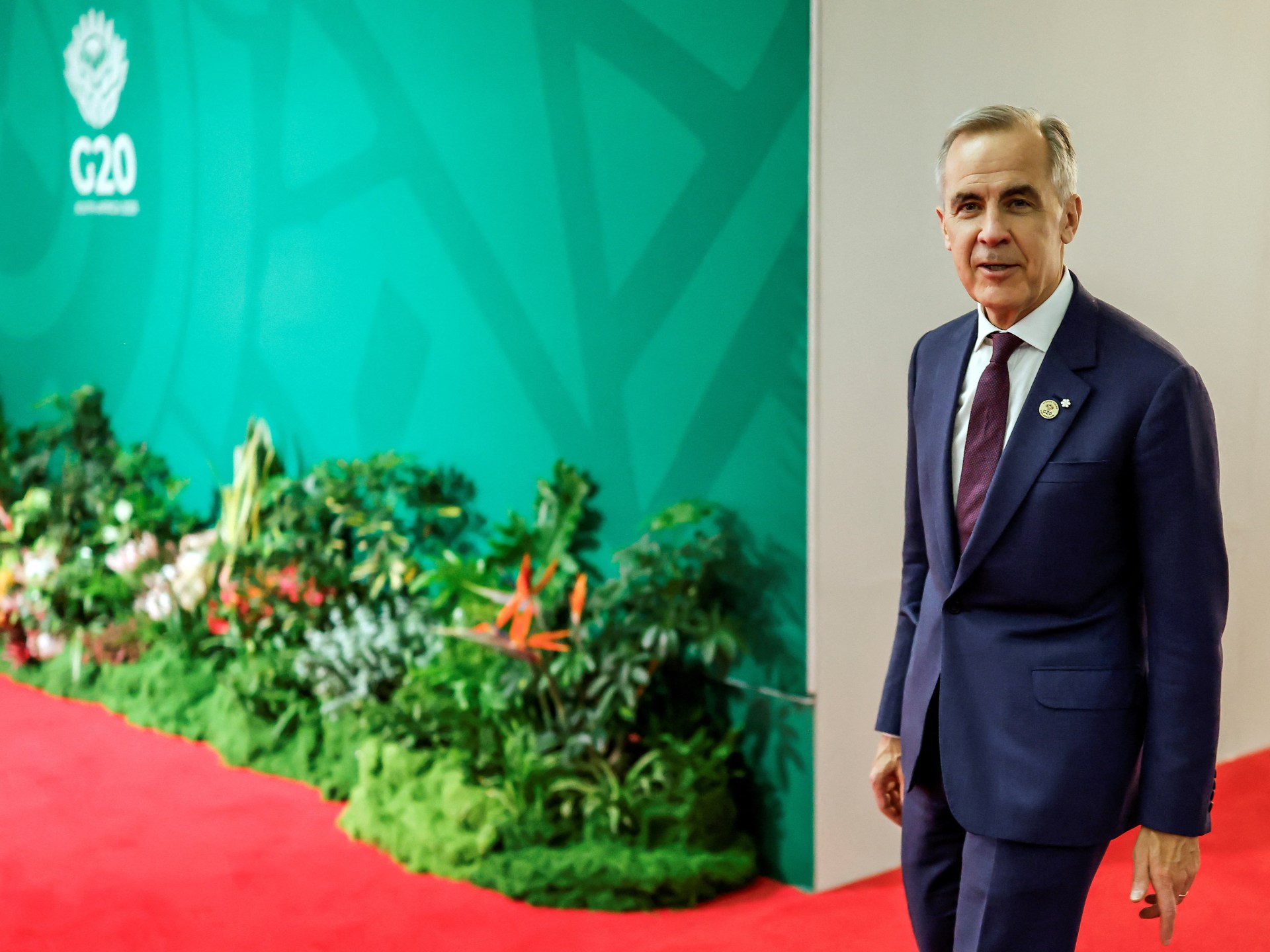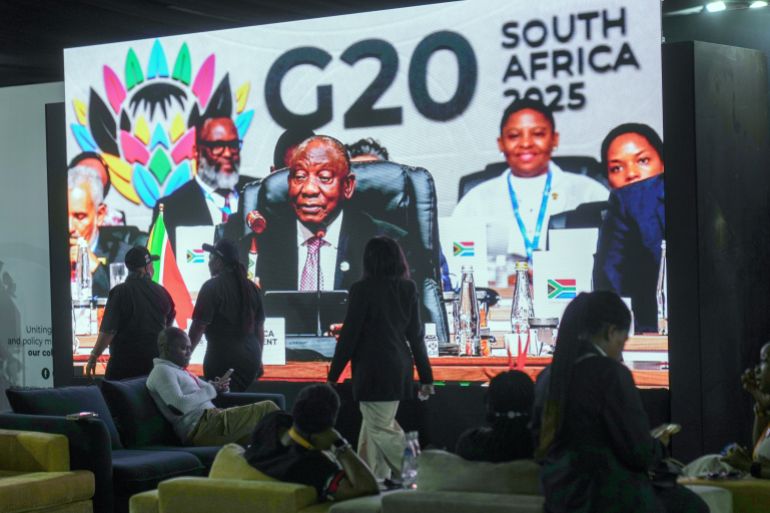According to officials, the worst fire in 63 years in Hong Kong tore through a number of high-rise buildings on Wednesday afternoon, killing at least 44 people.
In Tai Po, firefighters are still battling the blaze and reaching out to those who are trapped inside.
Authorities said they had contained the fire in four buildings by early on Thursday morning, but firefighters were still putting out work on three more than 16 hours after the fire started.
What should I know:
What transpired in Hong Kong?
On Wednesday, around 2:51 p.m. (06:51 GMT) local time, an apartment building in Hong Kong’s Tai Po neighborhood caught fire.
The bamboo scaffolding outside one of the buildings caught fire. This kind of scaffolding, which is made of bamboo poles that workers use to perform repairs, burns quickly. When the scaffolding caught fire, the flames quickly spread to nearby towers, the structure, into the building, and then up to the scaffolding.
Due to ongoing renovation work, which also caught fire, causing it to spread more quickly, the blocks were also covered in green construction netting all the way to the rooftops.
The fire quickly grew, according to local media: It had reached a level four alarm by 3: 34 p.m. (07: 34 GMT), and by 6: 22 p.m. (10: 22 GMT), the highest level of alarm in Hong Kong.
The fire in Hong Kong’s Sham Shui Po district was the city’s deadliest fire since at least August 1962, when 44 people died in a fire there. In November 1996, a fire at the Garley Building on Nathan Road in Kowloon claimed the lives of 41 people and inflicted 81 injuries.
Due to the extreme risk of fire caused by dry weather, Hong Kong has been in a higher fire alert since Monday.
What was the beginning of the fire?
In Hong Kong’s Tai Po district, the fire started at Wang Fuk Court, a housing complex.
Eight high-rise buildings totaling 1, 984 apartments are housed in the 1983 complex. Seven of the buildings were reportedly impacted by the fire, according to local media reports. Four of those have since been controlled, according to the report.
Around 300,000 people live in Tai Po, a suburb of Hong Kong close to the border with mainland China. It is a component of the government’s program for subventioning home ownership.
According to property records, Wang Fuk Court has been the subject of significant renovations, involving a $42.43 million project.

What caused the fire to spread so quickly, and how?
Because it started on the bamboo scaffolding around the building and spread to the green netting that covered the structures, the fire quickly spread.
Once the bamboo and green netting caught fire, the flames spread to many floors and up the tower’s exterior.
Within a few seconds, nearby buildings started to burn as a result of the explosion. The renovation work’s windows and open areas were likely to cause the flames to spread more quickly.
Officials claim that the fire erupted from control because the exact cause is still being investigated, but that the flammable scaffolding, building materials, and tall, tightly packed towers all contributed to it.

Additionally, according to police, they discovered styrofoam and other protective materials on the windows and the outside of the buildings, as well as sand and other protective materials on the exteriors.
According to Eileen Chung, senior superintendent at the Hong Kong Police Force, “we have reason to believe that those in charge of the company were grossly negligent, which led to this accident and the fire spreading uncontrollably, resulting in significant casualties.”
Two directors of a construction company, as well as an engineering consultant, are being detained by police. They are both between the ages of 52 and 68.
Around 2 a.m. on Thursday (18:00 GMT, Wednesday), police said they had detained them in the Tai Po, Ngau Tau Kok, and San Po Kong districts.

How many people have passed away or are missing?
Authorities have confirmed the deaths of 44 people, including a firefighter, in the past. There are still about 279 missing people. The Hong Kong Hospital Authority informed CNN that at least 66 people had been admitted to hospitals as of 8am (GMT). 17 of those listed as critical were 24 as serious, and 24 were not.
In a hospital, four people died. In community centers, about 900 people have sought shelter.
What has recently happened on the ground?
In Hong Kong, it is now 9:42 AM (12:00 GMT), and according to local reports, firefighters are still battling the blaze.
The deputy director of fire services, Derek Armstrong Chan, claimed that extreme heat had prevented firefighters from entering some upper-floor apartments earlier, according to a report from the South China Morning Post. He added that crews “keep trying” to reach them.
Additionally, he added that “our frontline personnel are in increased danger as the debris and scaffolding of the affected building fall down.”
He claimed that the rescue and firefighting operation was “more difficult” because it was dark overnight.
It will also present additional danger and difficulties to our operation in the hours of darkness, and the fire scene’s temperature is still very high at this time. We are therefore having trouble getting to the upper floors of two buildings.
More than 1,200 fire and ambulance personnel were dispatched to the site, according to officials from the Hong Kong Fire Services Department. Some residents of the area have resumed their jobs and studies.

